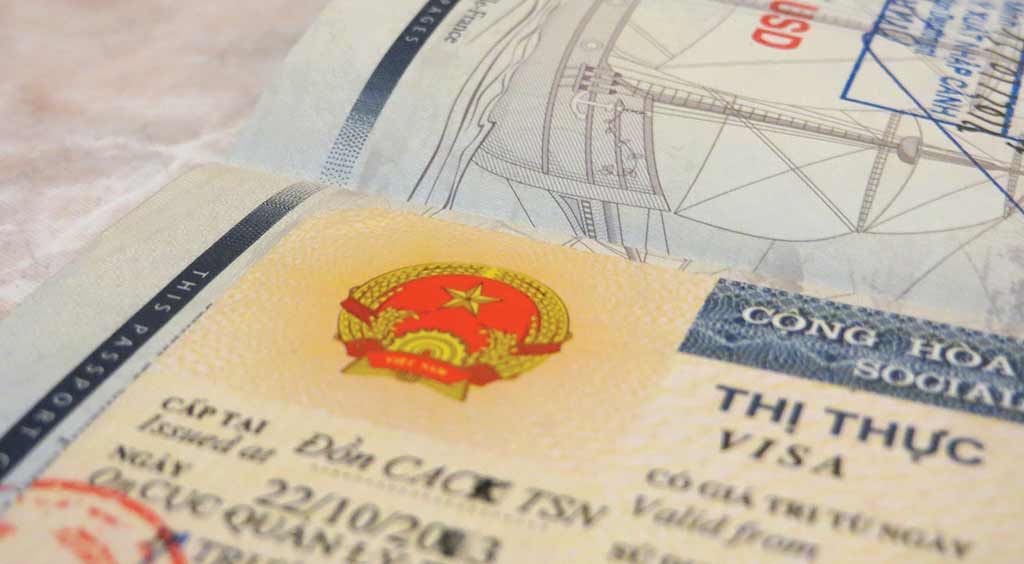As always, being prepared is the key to enjoying your travels to a foreign country. When heading to Vietnam, the most important thing is to ensure your travel documents are in order; officials take regulations on visas and passports extremely seriously. Otherwise, here are some tips on what to pack to make your stay smooth, advice on getting to and around the country, and vaccination information.
Most Western amenities are available in Vietnam, though some are more affordable and accessible than others. Sunscreen, for instance, is available in many coastal destinations, though it can be tricky to find and is always more expensive. It’s best to bring your own from home. Other items, like contact lens solution and menstrual products, can be difficult to come by.
Vietnam tends to be more formal than the United States. In rural areas and outside of major hubs like Ho Chi Minh City and Hanoi, local women often dress more conservatively than their Western counterparts, opting for long pants and covered shoulders. Many Vietnamese women in the city have adopted a Western approach to fashion. You can get away with shorts, T-shirts, and tank tops in most tourist destinations. When visiting pagodas or sights of national importance, it’s important for both men and women to opt for conservative clothing, wearing long pants and covering shoulders, as this is considered a sign of respect.

Vietnamese visa. Photo © Dana Filek-Gibson.
Visitors are required to secure a tourist visa prior to arrival in Vietnam. This can be arranged up to six months before your trip. Visas are assigned in one- and three-month increments with both single- and multiple-entry options. Costs run USD$100-180, depending upon the nature of the visa.
Vietnam often convinces long-term travelers to buy a motorbike, driving the length of the country and then selling it at the end of their journey.Travelers entering Vietnam over land must visit an embassy or consulate to prepare their visa ahead of time. Air travelers have the additional option to apply for pre-approval, a significantly more cost-effective route, though this is only available to those arriving at one of Vietnam’s three major airports: Tan Son Nhat in Ho Chi Minh City; Noi Bai in Hanoi; or Danang International Airport. Although pre-approval is not advertised by the Vietnamese government, it is a legitimate option, provided you arrange your documents through a reliable company. International air travelers must have a passport with at least six months’ validity at time of travel.As of 2014, foreign overnight visitors to Phu Quoc are eligible for a 30-day visa exemption. Check with the Vietnamese embassy regarding updated policies on this exemption rule. Any travel on the mainland still requires a tourist visa.
While there are no required vaccinations for Vietnam, the Centers for Disease Control recommend that travelers vaccinate against Hepatitis A and typhoid prior to visiting in order to prevent food-borne illness. Additional preventative measures, such as the rabies vaccine, are suggested for cyclists and those who may come into contact with animals.
Though malaria does exist in Vietnam, its prevalence is low, with only rare incidences in the Mekong Delta. Most travelers opt to use insect repellent and cover up at dawn and dusk.
Most travelers arrive at either Tan Son Nhat International Airport in Ho Chi Minh City or Noi Bai International Airport in Hanoi and set off from there. Public transportation is easily accessible, from planes and trains to buses and boats. For shorter journeys, hitting the road is the cheapest option; for long-distance trips—from Hanoi to the central provinces, for example, or the central provinces down to Nha Trang—you’re better off in the air or on the rails. Budget airlines like Jetstar and VietJet fly to a number of domestic destinations, while overnight trains run the spectrum from cheap hard-seat cars to air-conditioned sleeper berths.
Vietnam often convinces long-term travelers to buy a motorbike, driving the length of the country and then selling it at the end of their journey. This is the most independent option and affords you the freedom to explore. Outside of major coastal cities you’ll be hard-pressed to find any English speakers or Western amenities, so a phrasebook and a good map will come in handy. Cars can be rented here, but, due to driving regulations, it is required that you have a Vietnamese driver.
Excerpted from the First Edition of Moon Vietnam.